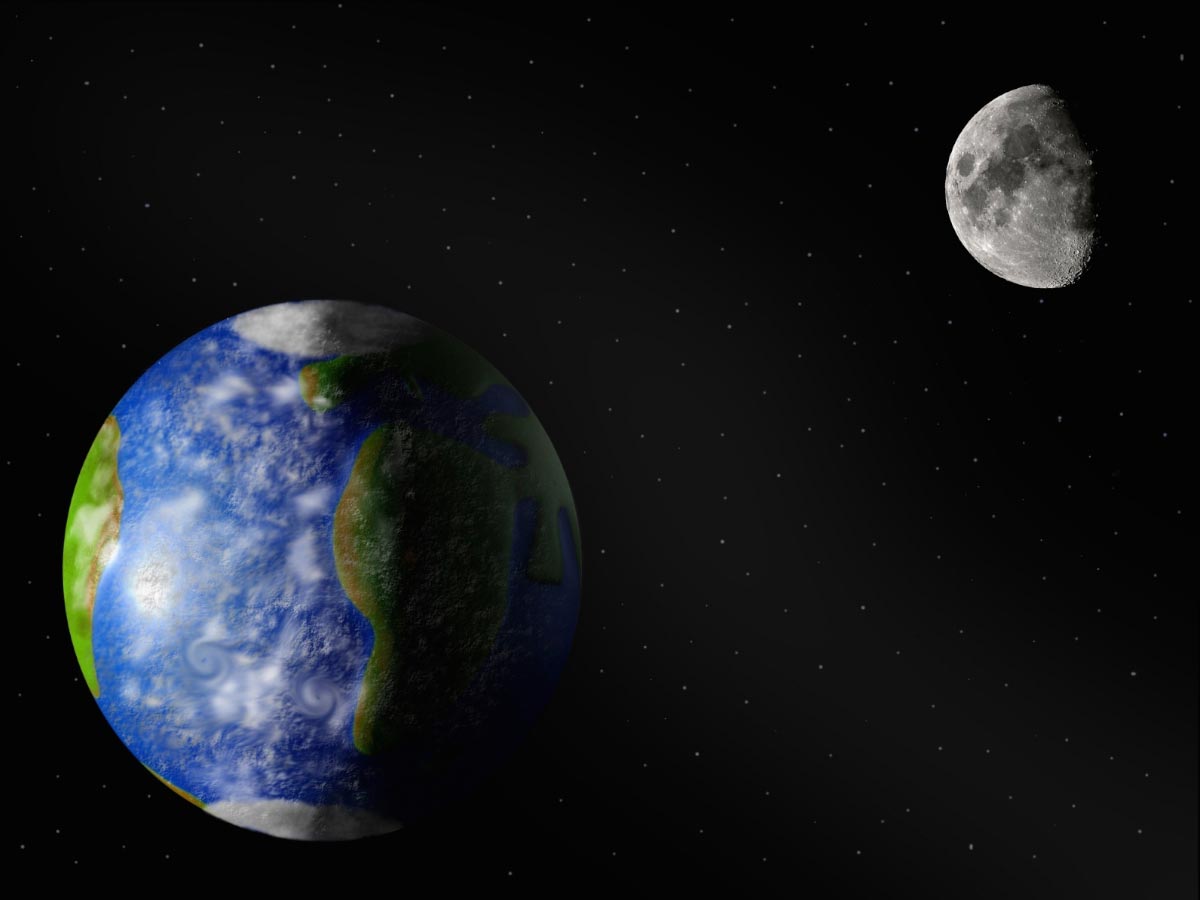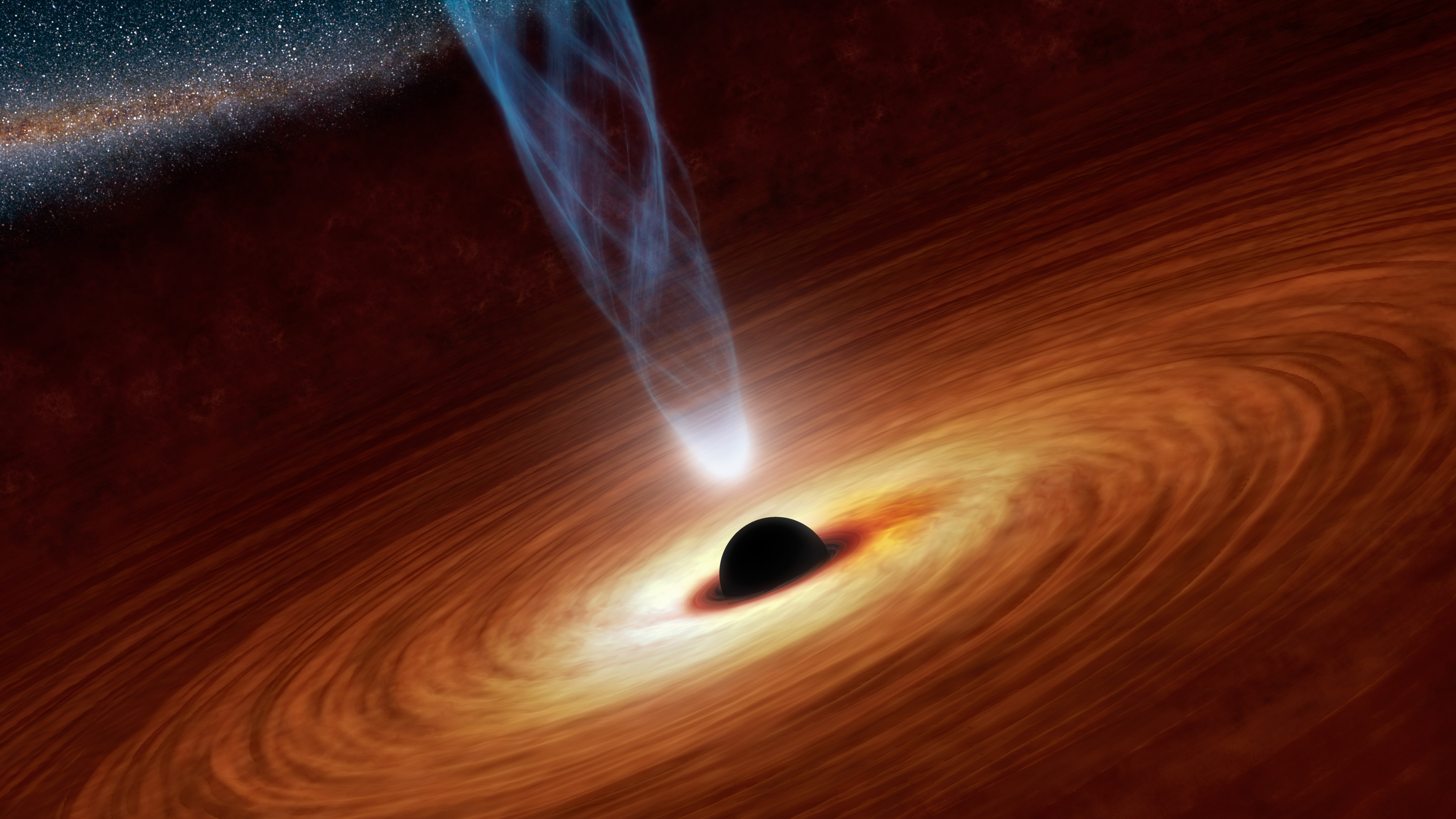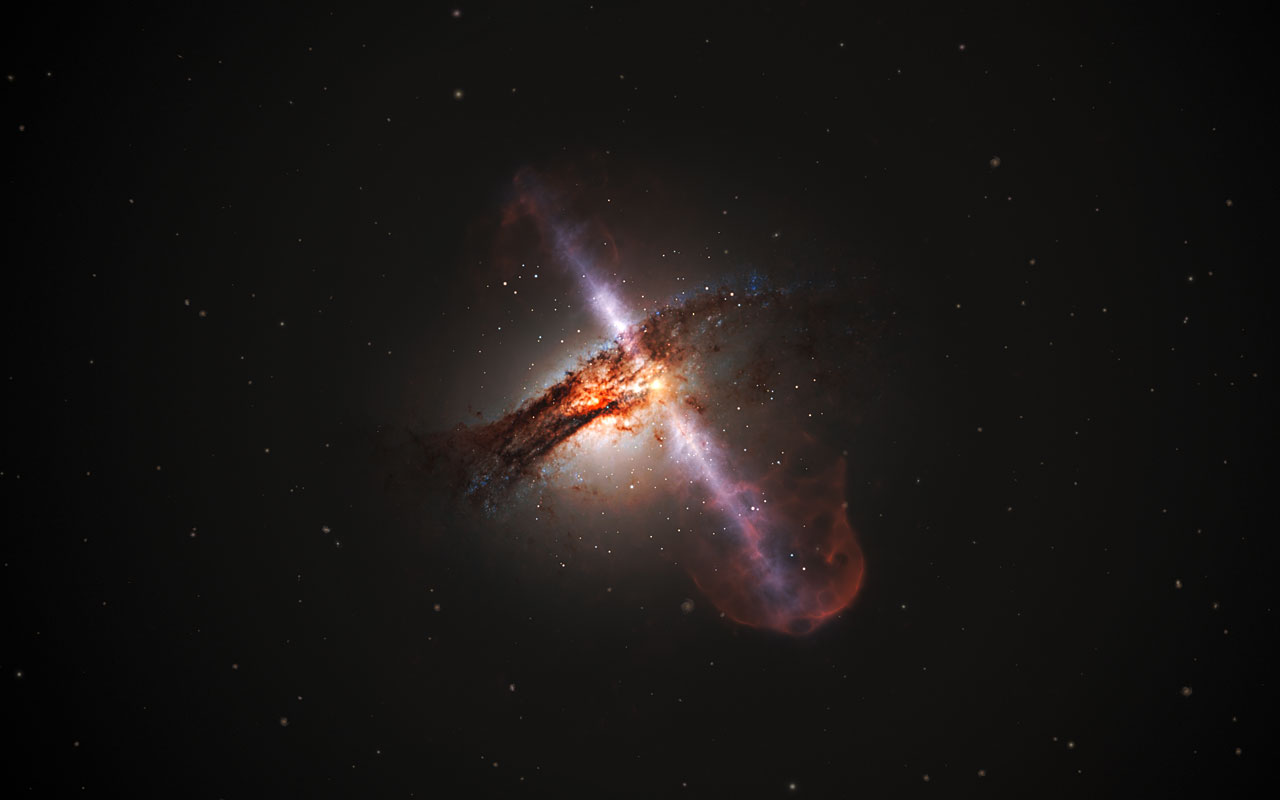High-intensity sound waves and lasers: How does the loudest underwater sound ever affect materials and biological samples?
11/15/2019 / By Edsel Cook

What would you do if you had access to one of the most powerful lasers in the world? Stanford researchers used the said high-output device to create one of the loudest sounds possible underwater.
They wanted to know the effects of that sound on both materials and biological organisms.
Sound is more than meets the ear. The physical phenomenon is a wave of pressure that persists in the air after its production and passage.
Air is not the only medium through which sound may move. Sound waves also travel through solids and liquids.
Some of the loudest underwater sounds come from fish. During the spawning season, schools of the gulf corvina (Cynoscion othonopterus) attract mates with noises that resemble machine gunfire.
However, the best way to create incredibly loud sounds underwater is to fire a powerful X-ray laser at a liquid.
Researchers from the SLAC National Accelerator Laboratory (SLAC) did precisely that. Their experiment generated a sound that came close to being the loudest possible underwater.
“It is just below the threshold where [the sound] would boil the water in a single wave oscillation,” explained Rutgers University Newark researcher Claudiu Stan. He previously worked on the SLAC team during the experiment. (Related: Discovery: The sun’s magnetic waves react to sound.)
Making the loudest noises underwater with the world’s most powerful X-ray laser
In their experiment, Stan’s team used the Linac Coherent Light Source (LCLS). The most powerful X-ray laser in the world, it imparts enough energy to raise the temperature of water to 180,000 degrees Fahrenheit (100,000 degrees Celsius) practically instantaneously.
Researchers have used the LCLS to create molecular black holes. These phenomena aren’t tiny versions of the space-time distortions in outer space, but they do suck in electrons from nearby atoms much like how true black holes devour matter.
The SLAC team investigated how high-intensity sound waves affect materials and biological samples. The sound waves generated incredibly loud sounds.
Inside a vacuum chamber, the researchers set up microjets of water that were slimmer than a strand of human hair. Then, they used the LCLS to fire focused X-ray pulses of photons at the thin streams of liquid.
When the X-ray laser hit the stream, it super-heated the water near-instantly. The immense heat triggered incredibly rapid ionization within the microjet that stripped electrons from atoms.
The water at the impact point vaporized immediately. The immense force generated a cylinder-shaped shock wave that shot along the length of the stream.
Extremely strong sound waves and noises damage biological materials
Analysis of the shock waves showed that their initial peak pressure matched those found at extreme levels of sound intensity and sound pressure. The waves proved louder than sounds rated at 270 decibels, such as the noise made by a jet or a rocket during takeoff.
Water breaks down in a specific way if the pressure from a shock wave goes past a specific point.
“The amplitudes and intensities were limited by the wave destroying its own propagation medium though cavitation, and therefore these ultrasonic waves in jets are one of the most intense propagating sounds that can be generated in liquid water,” Stan and his colleagues explained.
They estimated that the amplitudes of the pressure waves exceeded the highest peak-to-peak pressures of focused ultrasonic waves. Thus, the LCLS-generated sounds might be the highest-intensity sounds generated in liquid water.
Further, the researchers extrapolated their results to thinner microjets and added protein crystals. They found that the powerful pressure waves might damage the proteins, suggesting that extremely loud noises affect biological substances that make up living organisms.
Sources include:
Tagged Under: cool science, lasers, materials, noise, research, science and technology, scientific, shock waves, sound waves, sounds, underwater noise, x-rays
RECENT NEWS & ARTICLES
Physics.News is a fact-based public education website published by Physics News Features, LLC.
All content copyright © 2018 by Physics News Features, LLC.
Contact Us with Tips or Corrections
All trademarks, registered trademarks and servicemarks mentioned on this site are the property of their respective owners.


















